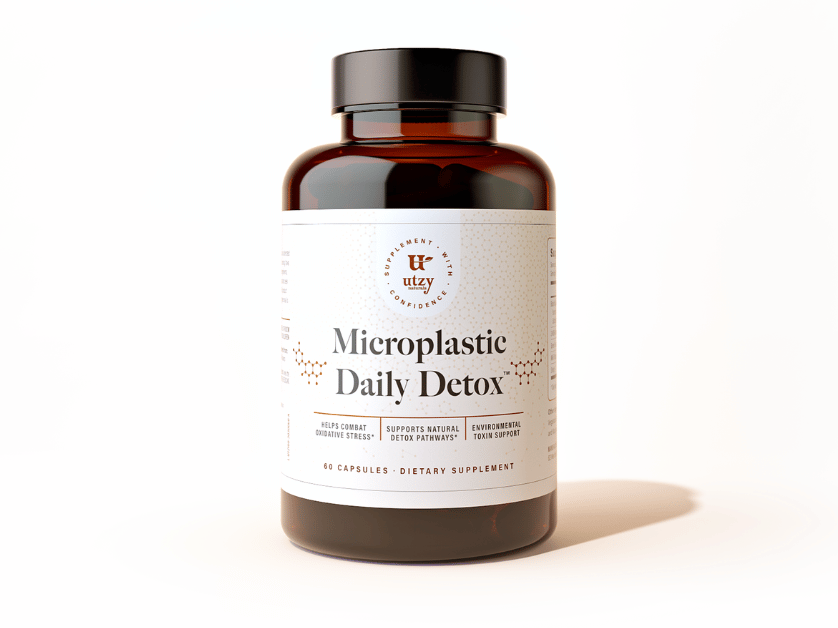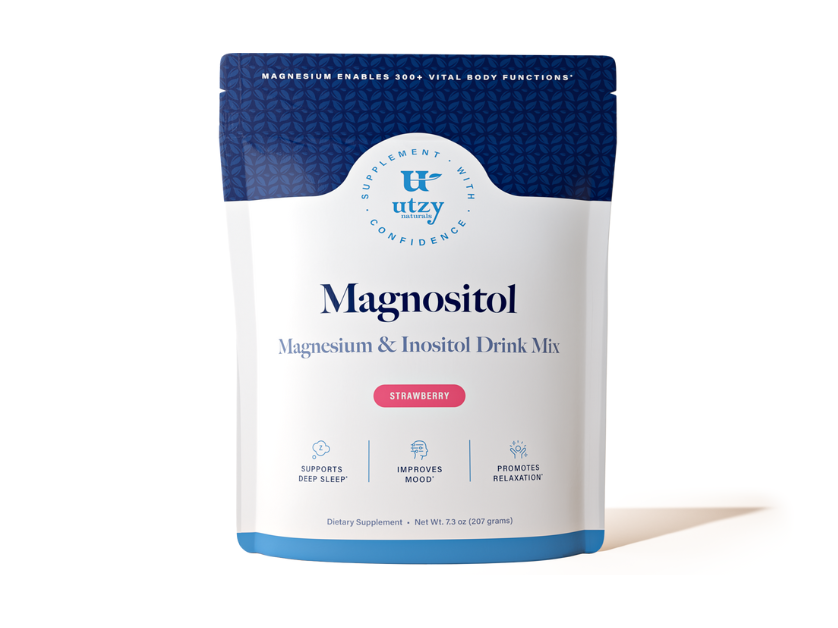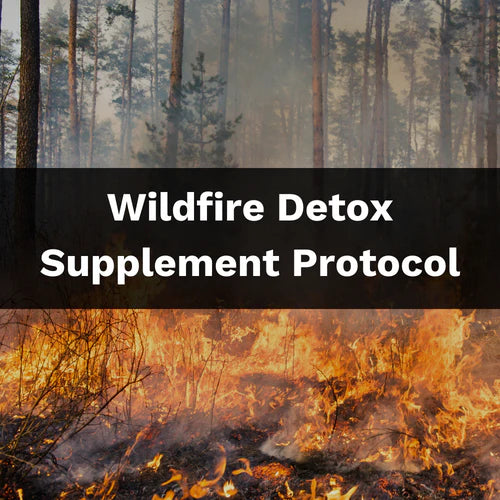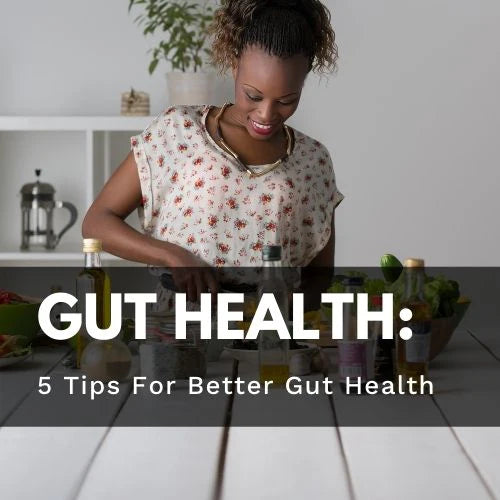shop
learn
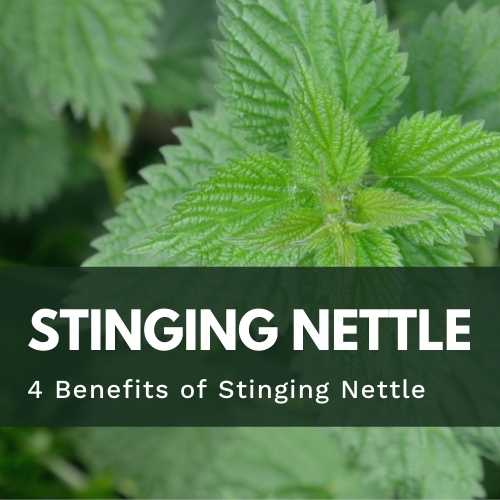
4 Benefits of Stinging Nettles
April 14, 2024 4 min read
A plant called “stinging nettle” sounds like one of the last things you’d want to consume. Despite its disagreeable name, Stinging Nettle is one of the most beneficial herbs that you can take.
This common weed is nutrient dense - packed with a number of different vitamins, minerals, and phytochemicals.
We’ll dig into the uses and benefits of Stinging Nettle below.

History of Stinging Nettles
Stinging Nettle is known scientifically as "Urtica dioica". It's readily found throughout the US and Europe.
It has been used for hundreds of years as both a food and as a medicine.
Traditionally it was used for its astringent, tonic, and diuretic effects [1]. Nettle is also seen as a “nutritive” herb, which means it has a high amount of vitamins + minerals (in particular Vitamin C and Calcium).
Benefits of Stinging Nettle
Stinging nettle benefits the body in a number of different ways, we’ll dig into them below.
1. Respiratory & Sinus Health*
Stinging Nettle has been shown to balance immune response, specifically in the airways and nasal passages [2]. This can help to clear the lungs and re-store healthy breathing.
Stinging Nettles leaf has also been shown to balance the body's inflammatory response, including controlling mast-cell degranulation, prostaglandin formation, and histamine action [3].
This is one of the big reasons why we include Stinging Nettle in our Allurtica formula. Allurtica is a natural way to support your body’s immune system to fight off seasonal challenges and breathe free, especially during the spring season.
Allurtica is also a special formula for us here at Utzy Naturals because the Stinging Nettles that we use in it are grown on our Organic herb farm in Wisconsin.
This is the first herb we started growing on the farm and we are proud to have a direct sourcing, from seed to capsule!
2. Prostate Health*
Research shows that Stinging Nettle may be beneficial for those suffering from prostate discomfort [4]. Additionally, this study showed no negative side effects in the participants.
A similar study confirmed that Stinging Nettle helps to support overall prostate health [5].
Other clinical trials show that taking Stinging Nettle, alongside Saw Palmetto, may be useful for prostate health [6].
This makes Stinging Nettle a potential option for men who are looking to support their prostate health as they age.
3. Joint Pain/Inflammatory Balance*
Research shows that Stinging Nettle, when combined with a low dose of diclofenac (a non-steroidal inflammation-lowering drug), helped to reduce joint pain [7]. It is thought that this is due to Nettle’s ability to support inflammatory balance in the body.
Another study found that a combination of nettles, fish oil, and vitamin E helped to improve joint comfort [8].
4. Bacterial Infections*
Stinging Nettle also appears to have a strong inhibitory effect on bacteria. Studies have shown that it possesses the ability to combat both Gram-positive and Gram-negative bacteria [9].
The Best Way To Add Stinging Nettle To Your Diet:
During the spring months, the best way to add stinging nettle to your diet is by wild foraging for nettle. Once you learn how to identify it, you'll quickly realize that it grows everywhere.
Even though brushing up against a Stinging Nettle plant might cause your skin to break out, if you simply cook Stinging Nettles leaves, the “sting” is taken out of them. You can also dry them, which has the same effect.
Nettle can be used as a “greens” substitute (similar to spinach). You also make a lovely tea by simmering the leaves in hot water.
If that sounds like too much work (or too itchy), then consider adding a stinging nettle supplement to your regimen. We include organic stinging nettles (grown on our Wisconsin) farm in our Allurtica formula.
Click here to learn more about Allurtica.
In Closing:
Even though Stinging Nettle is viewed as a lowly weed, as you can see, it has some big time health benefits.
So the next time you see a patch of nettle, consider foraging some for later use. Just remember to wear gloves!

Daniel Powers
Co-Founder of Utzy Naturals
References:
- Felter, H. W., & Lloyd, J. U. (1898). Kings Materia Medica. Henriette’s Herbal. Retrieved on March 10th, 2021 from https://www.henriettes-herb.com/eclectic/kings/urtica.html
- Mittman P. Randomized, double-blind study of freeze-dried Urtica dioica in the treatment of allergic rhinitis. Planta Med 1990; 56:44-47.
- Obertreis, B. et al. Effect of Urtica dioica folia extract in comparison to caffeic malic acid. Arzneimittelforschung 1996; 46(1): 52-56.
- Safarinejad M. R. (2005). Urtica dioica for treatment of benign prostatic hyperplasia: a prospective, randomized, double-blind, placebo-controlled, crossover study. Journal of herbal pharmacotherapy, 5(4), 1–11.
- Schneider, T., & Rübben, H. (2004). Brennnesseltrockenextrakt (Bazoton-uno) in der Langzeittherapie des benignen Prostatasyndroms (BPS). Ergebnisse einer randomisierten, doppelblinden, placebokontrollierten Multicenterstudie über 12 Monate [Stinging nettle root extract (Bazoton-uno) in long term treatment of benign prostatic syndrome (BPS). Results of a randomized, double-blind, placebo controlled multicenter study after 12 months]. Der Urologe. Ausg. A, 43(3), 302–306. https://doi.org/10.1007/s00120-004-0532-7
- Kregiel, D., Pawlikowska, E., & Antolak, H. (2018). Urtica spp.: Ordinary Plants with Extraordinary Properties. Molecules (Basel, Switzerland), 23(7), 1664. https://doi.org/10.3390/molecules23071664
- Randall, C., Randall, H., Dobbs, F., Hutton, C., & Sanders, H. (2000). Randomized controlled trial of nettle sting for treatment of base-of-thumb pain. Journal of the Royal Society of Medicine, 93(6), 305–309. https://doi.org/10.1177/014107680009300607
- Christensen, R., & Bliddal, H. (2010). Is Phytalgic(R) a goldmine for patients or is there something fishy about this nutraceutical? A summary of findings and risk-of-bias assessment. Research & therapy, 12(1), 105. https://doi.org/10.1186/ar2909
- Gülçin, I., Küfrevioglu, O. I., Oktay, M., & Büyükokuroglu, M. E. (2004). Antioxidant, antiulcer and analgesic activities of nettle (Urtica dioica L.). Journal of ethnopharmacology, 90(2-3), 205–215. https://doi.org/10.1016/j.jep.2003.09.028
Leave a comment
Comments will be approved before showing up.
Also in Health
Subscribe
Sign up to get the latest on sales, new releases and more …
Join the Utzy Naturals Club!
Sign up and get the latest on sales, new releases, and more...

